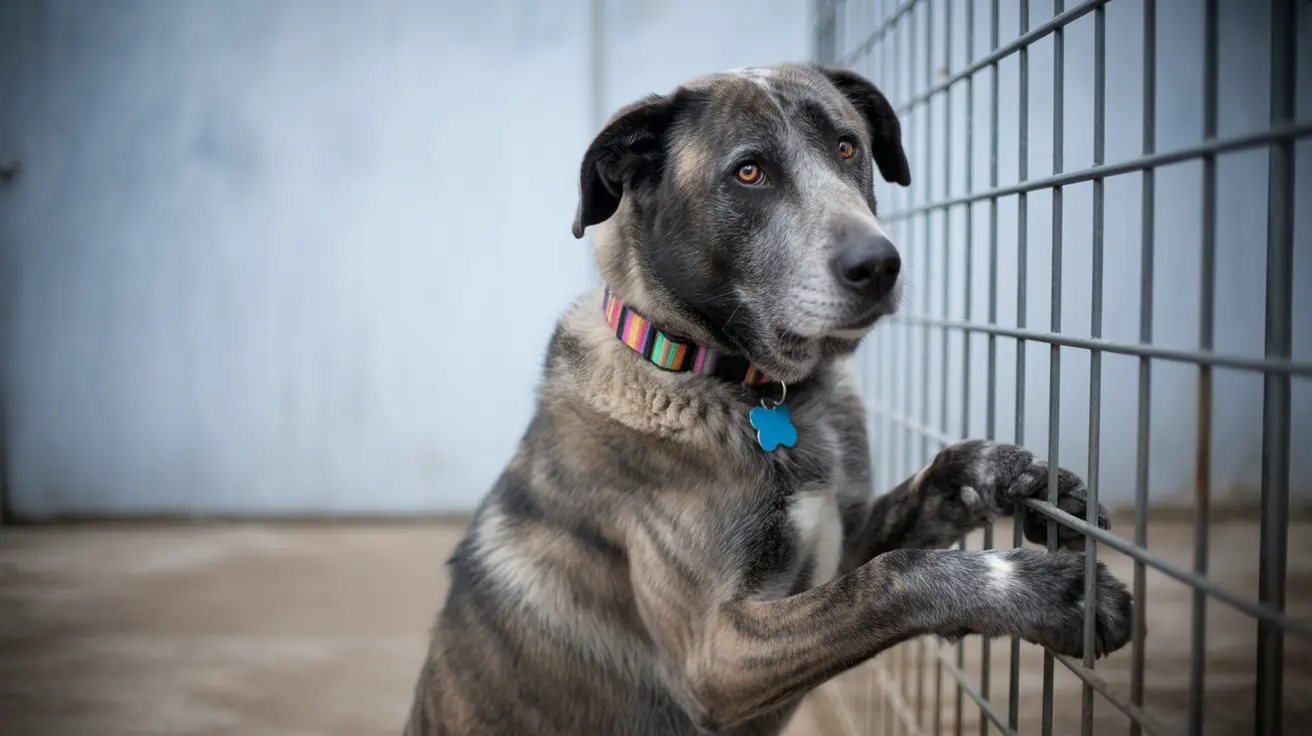Introduction
Do cats and dogs understand each other? This age-old question has fascinated pet owners and animal behaviorists alike. While these two species may seem to speak different languages, they actually can develop sophisticated ways of communicating and understanding each other, especially when living under the same roof.
Through a combination of body language, vocalizations, and learned behaviors, cats and dogs can bridge their communication gaps and form meaningful relationships. Let's explore how these beloved pets manage to understand and interact with each other, despite their natural differences.
The Language of Body Signals
Dogs and cats primarily communicate through body language, though they often use different signals to convey similar messages. Dogs tend to be more direct and enthusiastic in their communication, using clear signals like play bows and wide tail wags. Cats, on the other hand, prefer subtle cues such as slow blinks, ear positions, and tail movements.
Understanding these differences is crucial for both species to coexist peacefully. For example, a wagging tail means something entirely different for each animal - happiness in dogs versus potential agitation in cats.
Decoding Tail Messages
Tail positioning and movement are perhaps the most misunderstood signals between cats and dogs. A dog's wagging tail typically indicates excitement or friendliness, while a cat's swishing tail often signals irritation or hunting mode. Similarly, a high-held tail means confidence in dogs but friendly greeting in cats.
Vocal Communication Between Species
Both cats and dogs use various vocalizations to express themselves, though they may interpret each other's sounds differently. Dogs bark, growl, and whine, while cats meow, purr, and hiss. Some universal sounds, like growls and hisses, are generally understood by both species as warnings or signs of aggression.
Learning Each Other's Language
Through cohabitation, cats and dogs can learn to interpret each other's vocal cues more accurately. A dog may learn that a cat's purr signals contentment, while a cat might understand that a soft whine from a dog could be an invitation to play.
The Role of Socialization
Early exposure and positive experiences between cats and dogs significantly impact their ability to communicate effectively. Pets raised together from a young age often develop a deeper understanding of each other's communication styles and may even adopt some of each other's behaviors.
Well-socialized dogs may learn to approach cats more carefully, while cats may become more tolerant of dogs' enthusiastic greetings. This mutual adaptation leads to more successful interspecies relationships.
Building Trust Through Understanding
As cats and dogs learn to read each other's signals, they can develop strong bonds based on mutual trust and respect. This process involves learning to recognize and respond appropriately to each other's comfort levels, boundaries, and social cues.
Frequently Asked Questions
How do cats and dogs use body language differently to communicate with each other?
Cats and dogs use distinct body language signals. Dogs are more direct, using play bows and broad tail wags, while cats rely on subtle cues like ear positions and slow blinks. Understanding these differences helps both species communicate effectively.
Can cats and dogs learn to understand each other's vocal signals and what do those sounds mean?
Yes, through cohabitation, cats and dogs can learn to interpret each other's vocalizations. They generally understand universal signals like growls or hisses as warnings, and can learn to recognize friendly or playful sounds specific to each species.
What are common misunderstandings between cats and dogs when they first meet?
Common misunderstandings often involve tail signals, greeting styles, and play invitations. Dogs may misinterpret a cat's swishing tail as friendly when it signals agitation, while cats might view a dog's play bow as threatening behavior.
How can I help my cat and dog adapt to living together peacefully through their communication styles?
Supervise initial interactions, provide separate spaces, and reward positive interactions. Allow them to learn each other's communication styles gradually, and never force interactions between them.
What signs show that a cat and dog are forming a positive bond or friendship?
Signs of a positive relationship include relaxed body language around each other, sharing spaces comfortably, mutual grooming, playing together, and sleeping near one another. They may also seek each other's company and show signs of missing each other when separated.
Conclusion
While cats and dogs may not speak the same language naturally, they can definitely learn to understand and communicate with each other effectively. Through patience, proper socialization, and time to learn each other's unique communication styles, these two species can form lasting bonds and friendships.
Understanding how cats and dogs communicate with each other helps pet owners better facilitate positive relationships between their pets and create harmonious multi-species households.






